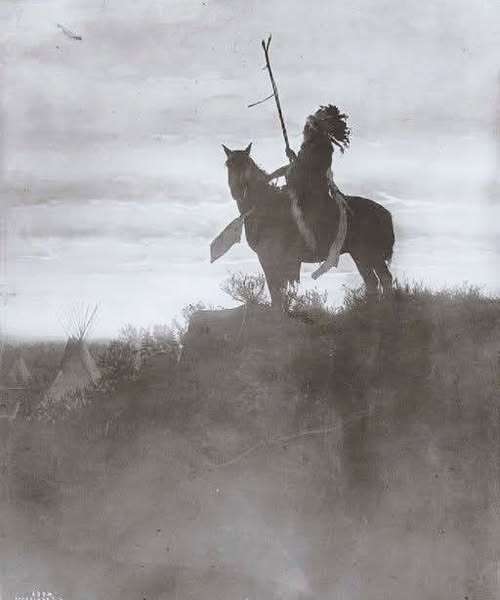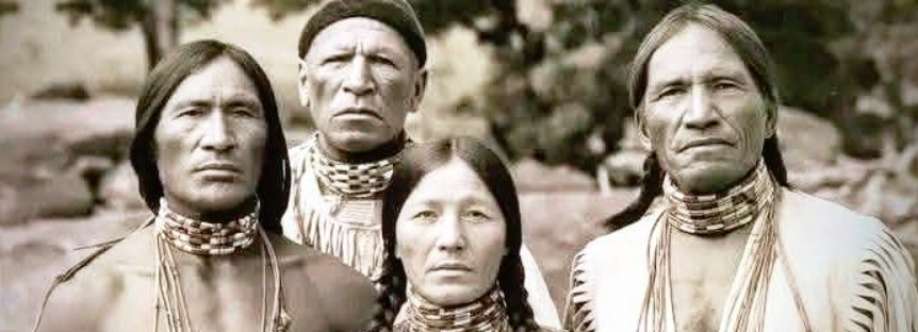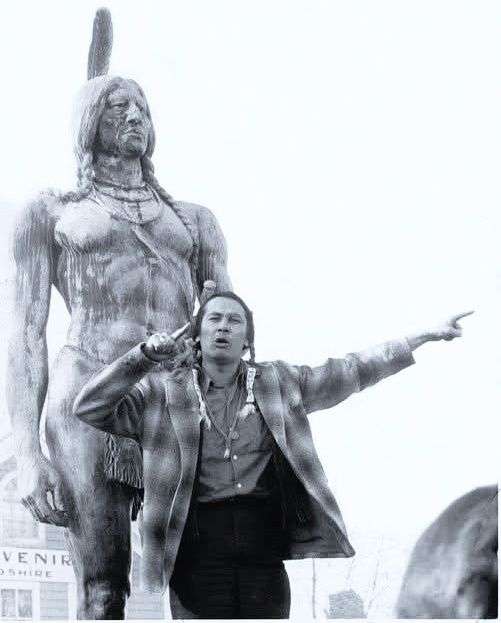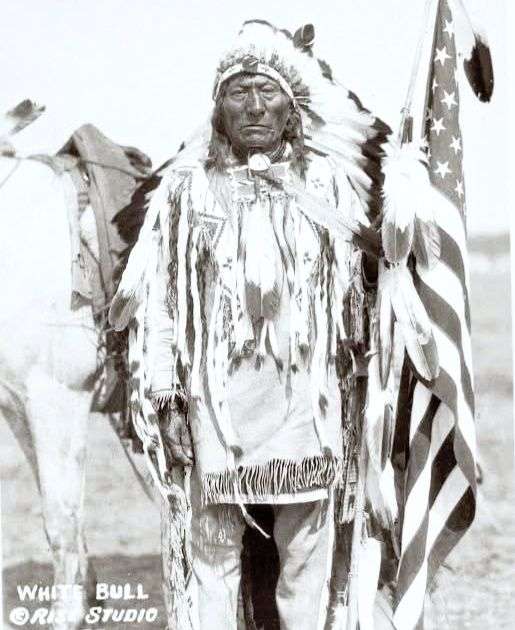Lakota trained young men for fortitude and bravery. When they pass the first sets of test they are givin "Kasniyayala." A stick with 3 feathers attached. The feathers are trimmed so only the tips were left in a fan shape. They are then so light that any breeze however small, the feathers will tremble. The Kasniyayala is givin to the boy to make him ever alert to any and everything, so he will be sensitive as the feathers to the breeze. He will be aware to disturbances others may not know are there. This symbolizes watchfulness, a great requisite for a scout.
- Ella Deloria





